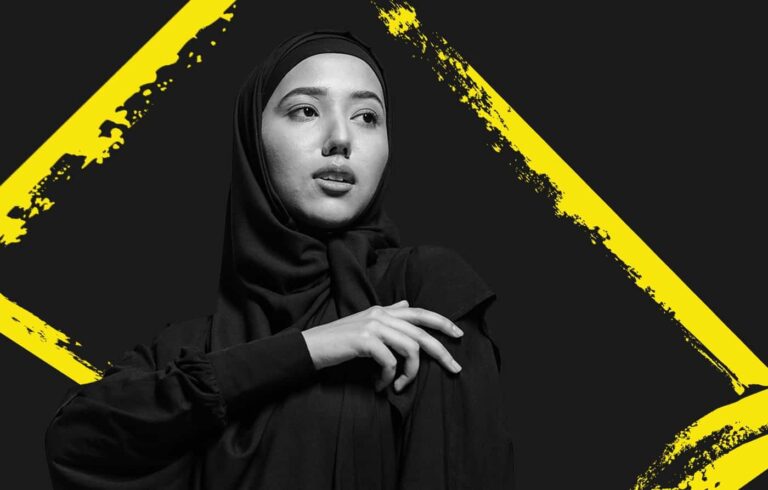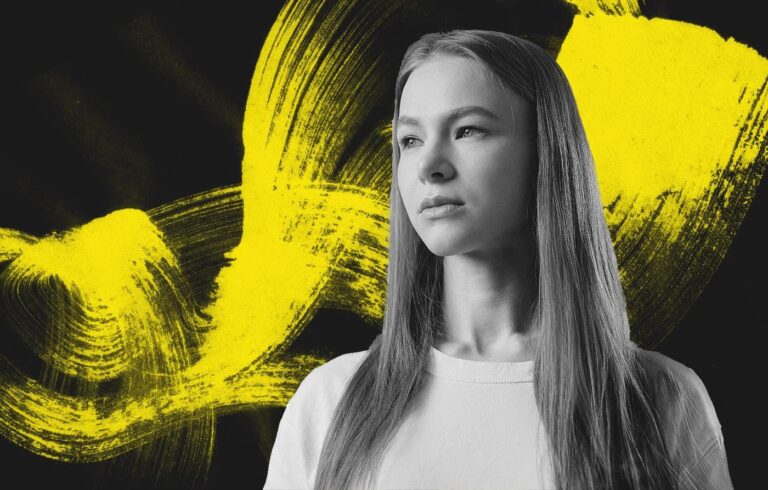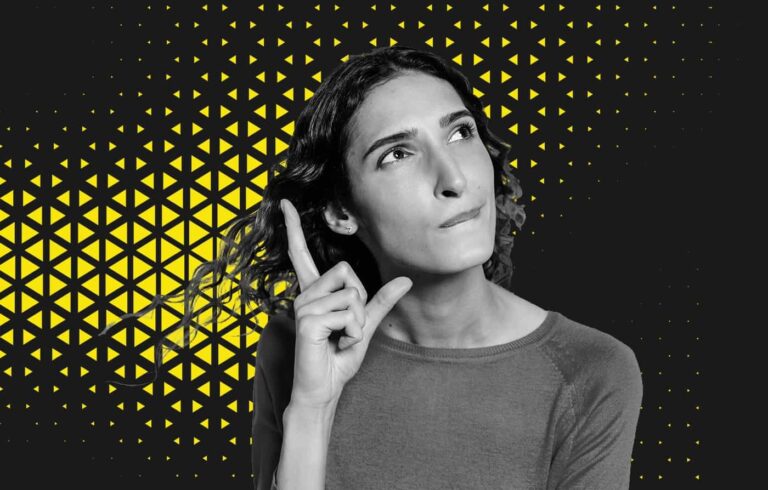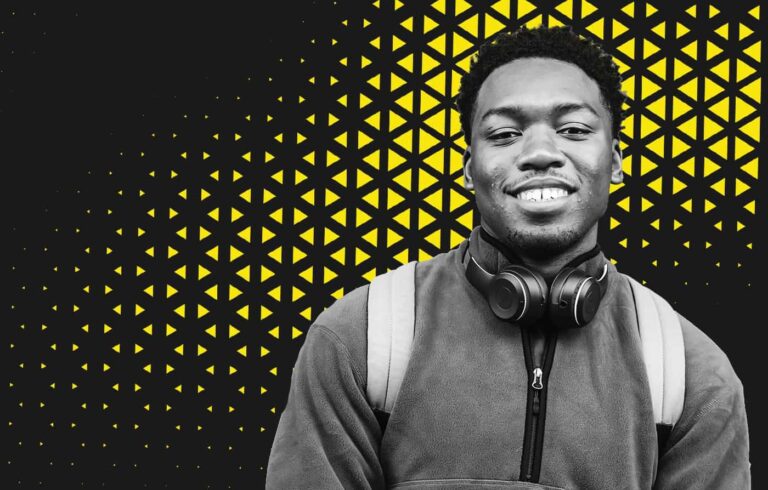WHY INTENT AND DESIGN IS IMPORTANT IN DIGITAL PR: PODCAST 6 INSIGHTS FOR SEO PROFESSIONALS
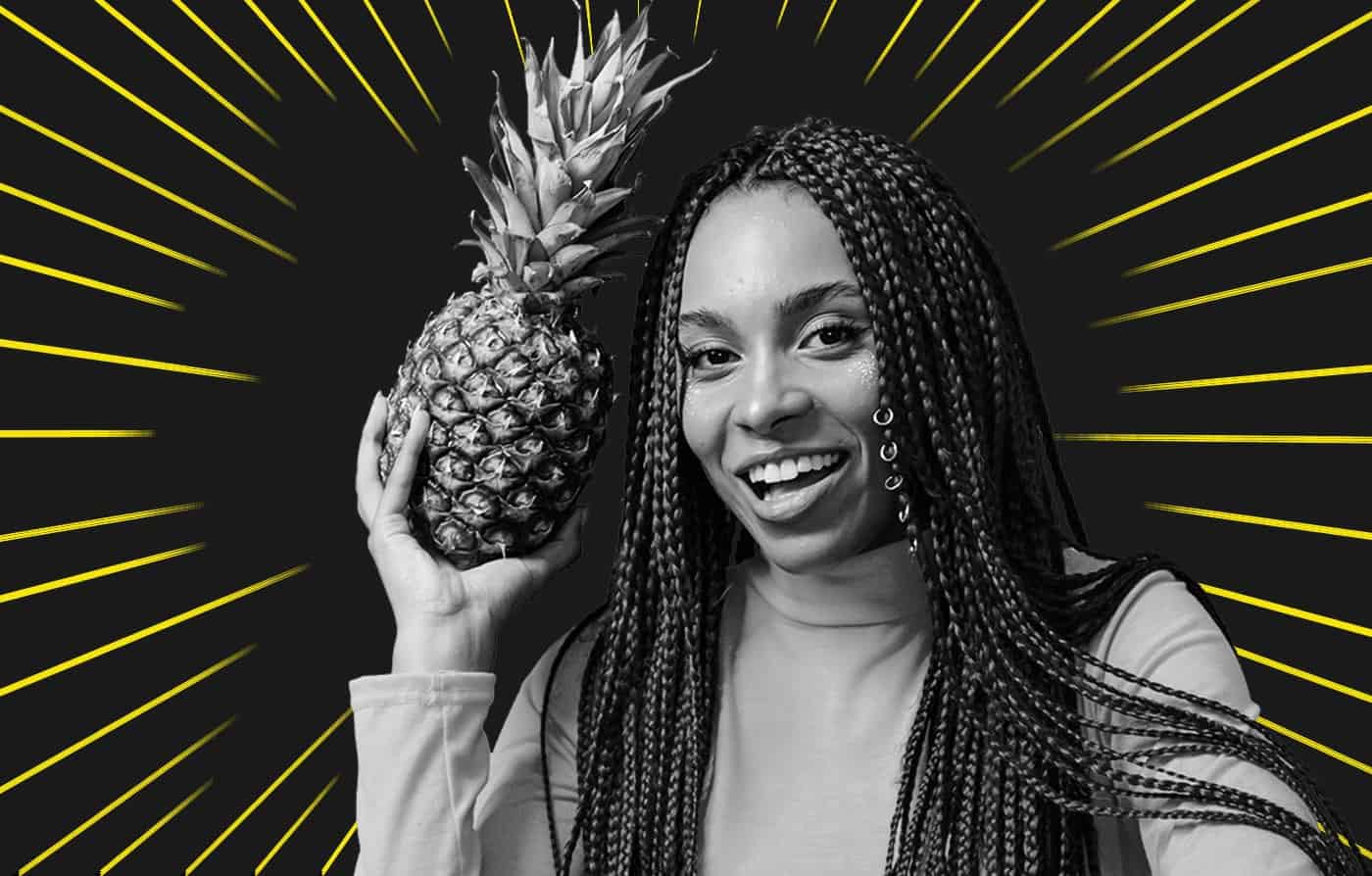

Why Intent and Design Is Important in Digital PR represents a fundamental shift in how SEO professionals approach link building and brand visibility in today’s competitive digital landscape. Following insights shared in podcast 6 discussions with industry leaders, understanding the strategic intersection of purposeful intent and compelling design has become crucial for sustainable SEO success. As explored in podcast 6 episodes featuring digital PR experts, the marriage of creative visual elements with strategic intent creates campaigns that not only earn high-authority backlinks but also build lasting brand recognition and trust.
Modern digital PR strategies have evolved far beyond traditional press releases and basic outreach tactics. Today’s most successful campaigns combine data-driven storytelling with visually compelling designs that capture journalist attention and encourage organic sharing across multiple channels. The competitive nature of digital media requires brands to stand out through innovative approaches that merge aesthetic excellence with strategic messaging, creating content that serves both human audiences and search engine algorithms.
The podcast 6 Strategic Foundation of Intent-Driven Digital PR
Intent-driven digital PR campaigns begin with understanding the narrative landscape that journalists and audiences are already engaging with. This strategic approach, frequently discussed in podcast 6 conversations with PR professionals, involves identifying trending topics, cultural moments, and industry conversations that align with brand messaging while providing genuine value to target audiences:
Sarah: How do we identify which narratives will resonate with both journalists and search engines for maximum SEO impact?
Marcus: Intent-driven campaigns tap into existing conversations rather than forcing unrelated stories. We analyze trending topics using social listening tools, Google Trends data, and journalist beat coverage to understand what editors are actively seeking. The most successful digital PR campaigns featured in podcast 6 discussions demonstrate how strategic intent transforms basic press releases into compelling media stories that journalists want to cover. This involves extensive research into editorial calendars, seasonal trends, and breaking news cycles that create natural opportunities for brand integration.
Sarah: What role does visual design play in differentiating our campaigns from countless other pitches journalists receive daily?
Marcus: Visual design elements serve as cognitive shortcuts that help journalists quickly understand complex data stories and campaign concepts. Interactive infographics, custom illustrations, and well-designed data visualizations not only improve coverage likelihood but also increase the probability of earning embedded links when journalists publish stories. Podcast 6 insights from creative directors emphasize that design quality often determines whether campaigns achieve viral distribution or remain overlooked in crowded media inboxes. Professional visual assets signal credibility and make it easier for journalists to include campaigns in their coverage without additional design work.
Sarah: How do we balance creative design elements with SEO considerations to maximize both media coverage and search performance?
Marcus: The integration requires understanding how visual content supports link-worthy narratives while maintaining technical SEO best practices. High-quality visual assets increase sharing potential across social platforms, extending campaign reach beyond initial media coverage. Content discussed in podcast 6 episodes demonstrates how properly optimized visual elements contribute to improved Core Web Vitals scores while supporting compelling storytelling that earns editorial links from authority publications. This balance involves creating responsive designs that load quickly, implementing proper alt text for accessibility, and ensuring visual content enhances rather than hinders search engine crawling.
Sarah: What specific design principles have proven most effective for digital PR campaigns targeting high-authority publications?
Marcus: Authority publications prioritize credible, well-researched content supported by professional visual presentation. Design elements must enhance data storytelling without overwhelming core messaging. Successful campaigns featured in podcast 6 case studies utilize clean, professional aesthetics that establish immediate credibility while incorporating interactive elements that encourage journalist engagement and social sharing. Key principles include consistent branding, readable typography, strategic use of white space, and color schemes that reinforce brand identity while remaining accessible across different media formats.
Sarah: How do we measure the long-term SEO impact of design-focused digital PR campaigns beyond immediate media coverage?
Marcus: Comprehensive measurement involves tracking multiple metrics including domain authority improvements, organic traffic growth, brand mention velocity, and link equity distribution across target keyword clusters. Analytics discussed in podcast 6 presentations show that campaigns combining strategic intent with compelling design generate sustained SEO benefits through continued social sharing, reference linking, and brand authority development that extends far beyond initial publication dates. We monitor referring domain quality, anchor text diversity, and the long-term citation patterns that indicate genuine editorial value rather than temporary publicity spikes.
Sarah: What tools and processes help ensure consistent quality across design-intensive digital PR campaigns?
Marcus: Successful agencies implement systematic creative processes involving data analysis, story development, visual conceptualization, and technical optimization workflows. Quality control systems discussed in podcast 6 interviews with leading PR professionals include collaborative review processes, technical SEO auditing, and performance testing that ensures visual elements enhance rather than hinder website performance while supporting compelling media narratives. These processes involve cross-functional teams including designers, content creators, SEO specialists, and PR professionals working together to create campaigns that excel across all performance metrics.
Sarah: Looking forward, how will evolving search algorithms and media consumption patterns impact the relationship between design intent and digital PR effectiveness?
Marcus: Emerging trends suggest increased importance of multimedia content experiences that serve both human audiences and AI-powered search systems. Future-focused strategies explored in recent podcast 6 discussions emphasize creating content ecosystems where visual design supports comprehensive storytelling across multiple touchpoints, from initial media coverage through social distribution to long-term SEO performance. This evolution requires understanding how artificial intelligence interprets visual content, implementing structured data markup for rich media elements, and creating design systems that adapt seamlessly across emerging platforms and consumption contexts while maintaining brand consistency and editorial appeal.


